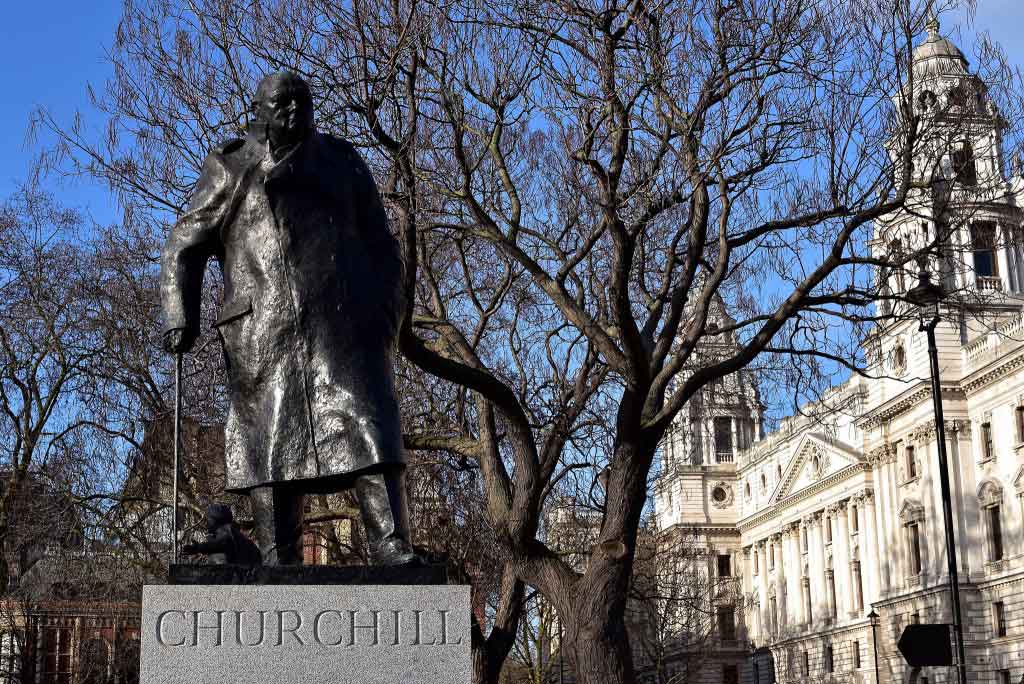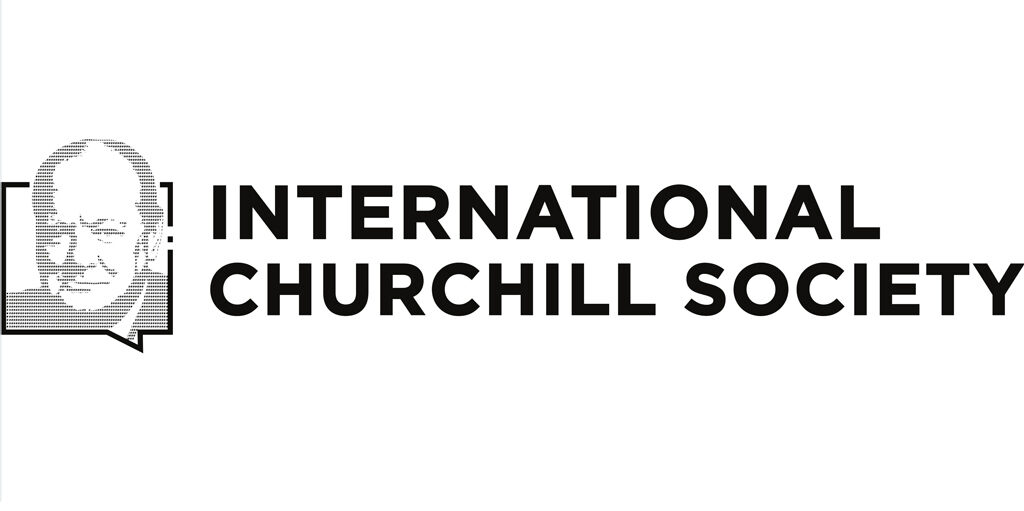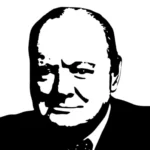
Finest Hour 117
THE ROAD TO MOROCCO

Winston Churchill, Parliament Square, London © Sue Lowry & Magellan PR
May 7, 2015
Finest Hour 117, Winter 2002-03
Page 32
BY HILL RIDDLE
Retracing Churchill’s Footsteps with his Daughter and Granddaughter
Ever since reading Mary Soames’s Winston Churchill: His Life as a Painter, I wanted to see the “Paris of the Sahara” which her father thought “the loveliest place in the world.” Nestled against the precipitous Atlas Mountains, Marrakesh sounded unique and exotic. After reading “I Was Astonished by Morocco,” by Celia Sandys (FH 113) I telephoned her to say I needed a working holiday in Marrakesh, just like her grandfather, and could she show me the way. It is always a working holiday when you follow the footsteps of Winston Churchill.

2025 International Churchill Conference
Celia capably organized a trip which started at Hotel La Mamounia, where Churchill stayed. It was a happy reunion for Churchillian adventurers. Some of us—Fred Sheehan, Ruth Lavine, Jenny and Richard Strieff and this writer—had traveled with Celia and Mary Soames to trace Churchill’s escape route from the Boers on its 100th anniversary in 1999; we were joined at Marrakesh by a score of new Churchillian adventurers.
At Djemma El Fna, the town square, the senses are excited by fragrances, sights, and sounds. It was late in the afternoon when the town folk gathered to socialize, eat, trade and entertain. Snake charmers were showing off their dancing snakes, and some of us posed for photos with monkeys on our shoulders. Our local guide, Absalam, led us through the square and into the shopping area. It was a labyrinth of narrow and crowded streets. In a Berber carpet souk we enjoyed a lecture on Berber carpets and sipped mint tea, amidst a plethora of carpet and interesting decorative objects. The merchants were very aggressive and Craig Horn succumbed to a nice carpet.
Before dinner, Mary and Celia entertained the group in the Churchill suite, lined with photos of Winston Churchill. The hotel and gardens are fabulous, and the staff is very proud that Churchill was once their guest.
On our first morning we set out on horse-drawn carriages to the Majorelle Gardens, a large horticultural refuge created by Jacques Majorelle, a French artist whom Churchill befriended and consulted with on painting techniques. Paths meandered through bamboo groves adorned with colorful pots and towering palms, cactus, and flowering vines; serpentine paths lead round reflector pools filled with water lilies. The garden was restored by Yves St. Laurent and is now subdivided into residences.
The only painting Churchill made during World War II was of the Koutoubia Mosque in 1943. We saw the mosque and one of the town gates, Bab Doukkala, which he also painted.
Keeping a Churchillian pace, we headed on to the Saadian tombs, Menera Gardens, and New Marrakesh museum. We had to see the Villa Taylor, the “fairyland villa” where Churchill stayed with Roosevelt after the Casablanca conference. The King of Morocco has given the villa to his mother and guards would not let us in, even after explaining our Churchillian mission.
Cocktails were enjoyed at the home of an American decorator who designed the famous restaurant Yacout, where we would dine that evening. The home, once the harem wing of a large estate, was incognito from the street and inside a world of Islamic charm. The girls were long gone: it is said that the present King has broken with tradition, for he let the harem go, too.
The restaurant Yacout was unassuming from the street, but inside one finds a magnificent old home, ceilings towering over mosaic floors and walls. Everything was impeccably placed from the china to the decorations. Meals in Morocco are large, with multiple entrees. In 1936, Churchill described one to his wife as “a gargantuan endless Arab feast.”
We followed the route of Churchill’s day trips from Marrakesh to picnic and paint. The road was straight, lined with eucalyptus trees and olive groves, but as we neared the towering Atlas Mountains we came to winding roads terrifying precipices and sharp turns. We lunched at a beautifully situated bed and breakfast named La Roseraie, on a hill with a panoramic view of the mountains. Another trek over the High Atlas was to the great Kasbah of Telouet, which has suffered from deferred maintenance. Still we could imagine Churchill there with his friend, the Pasha Glaoui.
Churchill once flew over the mountains to paint in the Ourika valley; for the modern traveler it is still a good idea, and we lunched at the home of the honorary British Consul. Churchill’s “Valley of the Ourika and the Atlas Mountains” (1948) is an excellent example of what the Ourika Valley looks like.
Morocco offers a unique palette, far different from Churchill’s European subjects, with shades of brown and pinks, dashes of lavender, and splashes of green, running through he country like a theme. The colors varied like the piles of cinnamon and paprika in the markets.
One of our dinners was at the villa of an Austrian Princess. At another, in the Es Saadi Hotel, we celebrated Lady Soames’s birthday and were entertained by a small circus. One of the performers, a snake charmer, placed a scorpion on the hand of our youngest companion, Emily Sigman. Emily was unamused but unflinching.
One evening we were delighted to dine at a private home in part of the Majorelle Gardens, which take on a completely different perspective when lighted at night. Our colorful host was a passionate collector, the buying agent for the Royal Family. We enjoyed this behind-the-wall visit.
Leaving Marrakesh, we headed far off the beaten track to the town of Taroudant, in a fertile valley between the High and Anti Atlas, stopping overnight at a onetime palace, now a hotel surrounded by colossal walls. This was the end of the journey for some. Most of the party continued east over the once protective border of the Anti Atlas, truly inadmissible mountains.
Our half-way point was the town of Ouarzazate, where “Lawrence of Arabia” was filmed, which has an international airport for departure. Continuing toward the Sahara along the Draa river, we passed Kasbahs and date groves. At the town of Zagora we repacked to camp out under the stars in the desert. On the way a few of us posed next to the sign pointing to Timbuktu, which informed the traveler that it was fifty days away by camel.
At home in the Sahara tent compound, we climbed a big sand dune and sipped Champagne while the sun set. Dressed like Pashas, we feasted under the full moon. While musicians entertained, Judy Kambestad and Suzanne Sigman had Henna painted on their feet. Carol Olsen posed for a photo on a camel that almost took off at a dead run; her husband Merlin stole the show with his farewell toast. This extra touch of exoticism was a good ending to a wonderful journey. Like Winston Churchill before us, we were astonished by Morocco.
Mr. Riddle is in the real estate business in New Orleans, Louisiana.
Subscribe
WANT MORE?
Get the Churchill Bulletin delivered to your inbox once a month.



